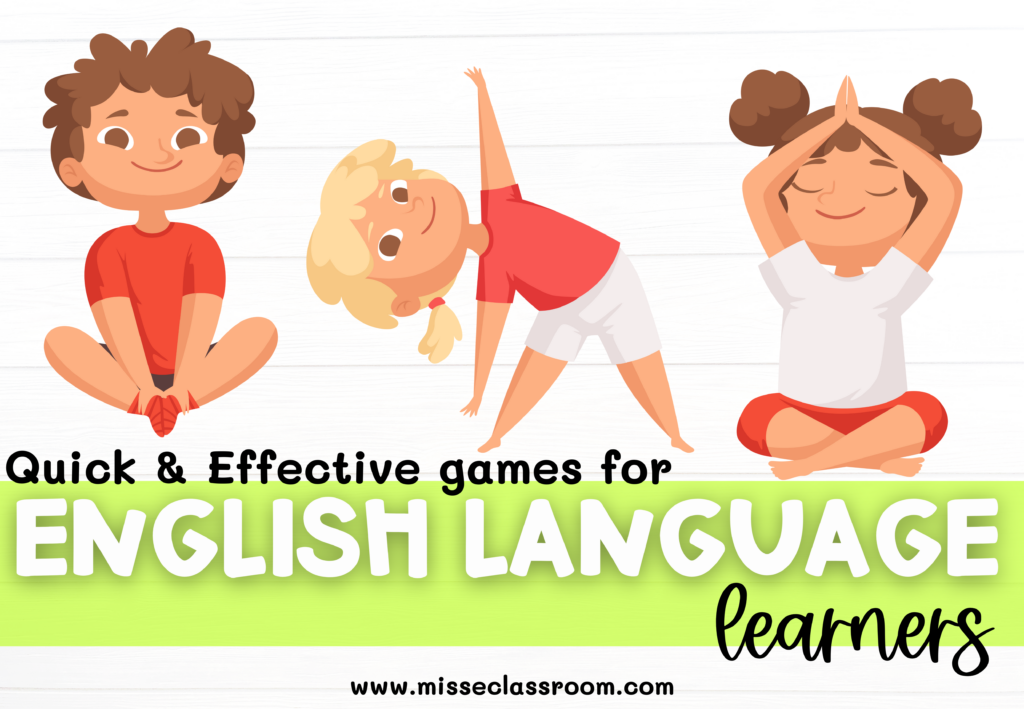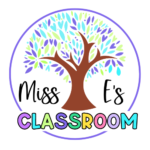
We’ve all had those days when lesson plans go awry and young learners need a little extra engagement. That’s where quick and effective games come in! These fun activities can not only refocus your students but also reinforce language skills, making them a valuable tool in any teacher’s toolkit.
1. Vocabulary Relay Race
A dash of fun and a sprinkle of vocabulary! Divide your class into teams and set up a relay course with flashcards at each station. As students race to each station, they must identify or use the word in a sentence before continuing. This game is a fantastic way to review vocabulary while encouraging teamwork and friendly competition.
- Adapt the game for different language levels by using simpler or more complex vocabulary words.
- Use real objects or pictures instead of flashcards for tactile learners.
- Choose vocabulary words that relate to the students’ cultural background.
2. Story Building Circle
Let your students’ imaginations run wild! Gather your class in a circle and begin a story with a simple sentence. Each student takes turns adding a sentence, building on the narrative. Encourage them to use new vocabulary and grammar structures. This activity fosters creativity, listening skills, and oral fluency.
- Provide story starters to spark creativity, especially for younger learners.
- Use non-verbal cues, such as nodding or smiling, to encourage participation from shy students.
- Use the activity to practice different tenses and sentence structures.
3. Emotion Charades
A fun and engaging way to explore emotions! Write different emotions on cards and have students act them out while their classmates guess. This game helps students practice adjectives and expressions related to emotions, making it an excellent tool for discussing feelings.
- Act out more complex emotions like jealousy or disappointment.
- Have students act out emotions using only body language.
- Use simple emotions like happy, sad, and angry.
4. Magic Bag of Questions
Mystery meets language learning! Fill a bag with question prompts written on slips of paper (e.g., «What is your favorite animal and why?» or «Describe your dream vacation.»). When a student draws a question, they answer it while the rest of the class listens and asks follow-up questions. This game is perfect for practicing speaking and listening skills and can be adapted to any topic.
- Create question prompts to practice specific language skills (e.g., speaking, listening, reading, writing).
- Use the game to practice specific grammar points, such as past tense or future tense.
- Encourage students to ask questions about each other’s cultures.
5. Classroom Scavenger Hunt
Turn your classroom into an adventure! Create a list of items or words hidden around the room. As students find each item, they must use it in a sentence or answer a related question. This interactive game encourages movement and language use in context, making it ideal for those days when students need to burn off some energy.
- Create scavenger hunts appropriate for your students’ age and language level.
- Incorporate cultural elements into the scavenger hunt to make it more meaningful.
- Use the scavenger hunt to practice specific language functions, such as asking for directions or making requests.
These versatile games are perfect for turning a challenging day into a productive and enjoyable learning experience. By incorporating these activities into your lessons, you can keep your students engaged, reinforce language skills, and adapt to the needs of your classroom without extensive preparation. So the next time you need a quick and easy way to energize your students, try one of these games and watch their enthusiasm and learning soar!


